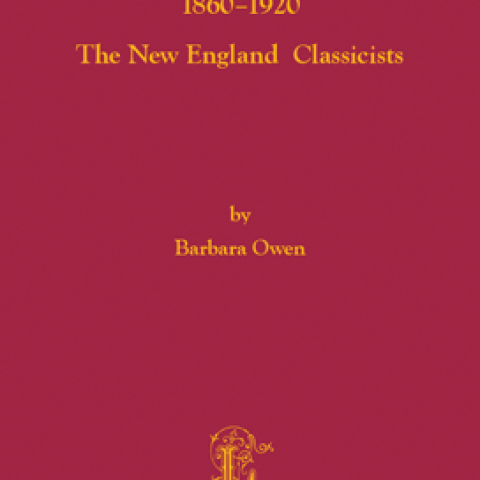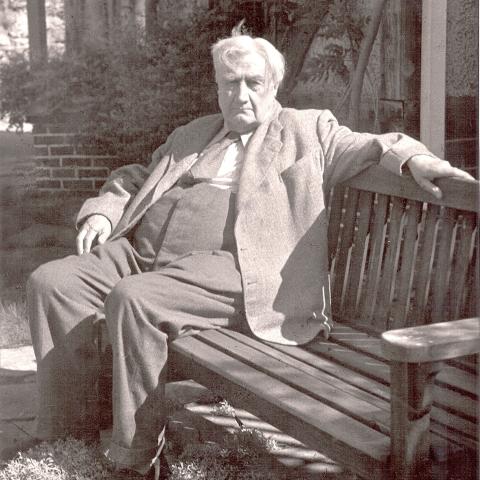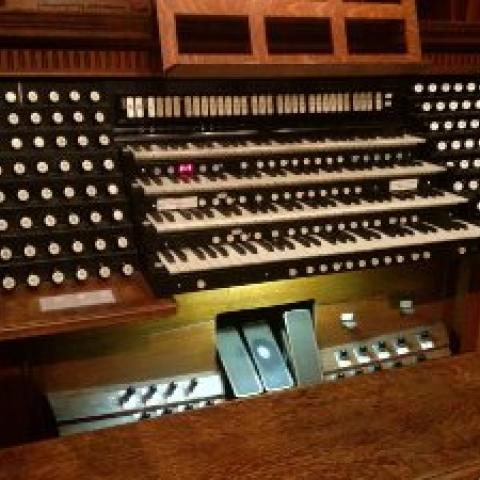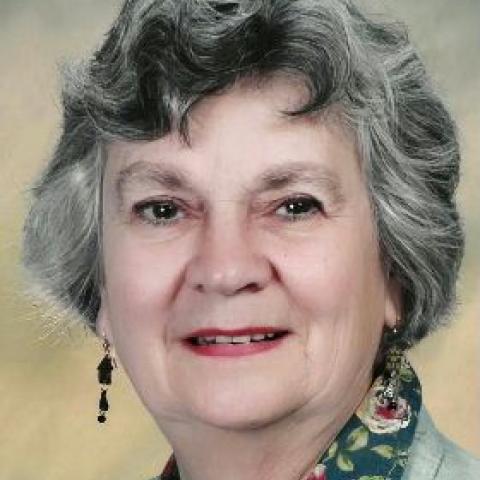Stephen L. Pinel holds two degrees from Westminster Choir College, Princeton, New Jersey, and did graduate study in historical musicology at New York University. A church musician for forty-five years, he retired from full-time work in the fall of 2017, but immediately accepted another appointment as organist and choirmaster at All Saints Church, Bay Head, New Jersey. He held a Langley Fellowship at New York University, is a member of Pi Kappa Lambda Music Honor Society, an honorary member of the Organ Historical Society, and a past chair of the St. Wilfrid Club of New York City. He is the author of several books and regularly contributes articles on organ history both here and abroad.
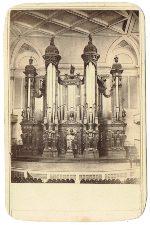
Pioneers in American Music, 1860−1920, The New England Classicists, by Barbara Owen. Leupold Editions, a division of the Leupold Foundation, Colfax, North Carolina, 2021, xvi + 303 pages, 55 black & white illustrations, discography, bibliography, and index, $69 + postage and handling.
During the past generation, organists have been blessed with a number of scholarly studies of the organ music of some significant composers. One has only to look at the exceptional three-volume set, The Organ Music of J. S. Bach by Peter Williams, published by Cambridge University Press (1980, 1980, 1984); Kerala J. Snyder’s Dieterich Buxtehude, Organist in Lübeck, University of Rochester Press (2007); William A. Little’s Mendelssohn and the Organ, Oxford University Press (2010); and Rollin Smith’s astonishing trilogy, Saint-Saëns and the Organ (1992), Playing the Organ Works of César Franck (1997), and Louis Vierne, Organist of Notre-Dame Cathedral (1999), published by Pendragon Press. Others could be cited, but regrettably, not even one of the recent studies is focused on the organ music of an American.
Nor has the organ fared especially well in general histories of American music. Most of the standard texts—John Tasker Howard (1929),1 Gilbert Chase (1955),2 Wilfred Mellers (1964),3 and
H. Wiley Hitchcock (1974)4—hardly mention the organ, if at all. So, dear readers, to set the record straight, here is the honest truth: before World War II, the pipe organ in the local church was the live instrumental music most Americans heard on a reoccurring basis, and most American composers of the late-nineteenth and early-twentieth centuries were not only organists who played the organ in church as a part of their livelihood, they also wrote music for it. This fact has been largely written out of the historical narrative, so isn’t the time ripe for a correction?
Distinguished author Barbara Owen and Wayne Leupold Editions have joined forces to publish Pioneers in American Music, 1860−1920, The New England Classicists, a splendid new book that examines nine organist-composers who plied their trade in and around Boston. Barbara (she is so well known that her given name alone is sufficient to identify her!) approaches the subject by discussing the figures in detail. Each receives a documented biography, a discussion of their organ works in historical context, and a complete and annotated catalog of their organ pieces. For the record, the nine are John Knowles Paine, Dudley Buck, W. Eugene Thayer, George E. Whiting, Samuel B. Whitney, Arthur Foote, George W. Chadwick, Horatio Parker, and Henry M. Dunham—a veritable “Who’s Who” of the Boston organ landscape in the decades before and after the turn of the twentieth century.
Barbara divides the figures into two generations: Buck, Paine, Thayer, Whitney, and Whiting are the seniors, while Chadwick, Dunham, Foote, and Parker are the juniors. Most if not all of these musician-composers have been the subjects of earlier monographs, but as was so often the case, any discussion of their organ compositions was cursory at best. Thus, the collaboration between Barbara and Wayne is fortuitous, because Wayne Leupold Editions has republished much of this music in practical editions. It is currently available for sale; you can buy them, study them, perform them, and add them to your repertoire. Most of this music was in print around 1900, but it quickly fell from fashion during the Baroque and Renaissance revival. It was not until the 1990s that Leupold Editions started reprinting this music for a new and younger generation of organists.
You might fairly ask: “Did any American composers write organ music worth serious consideration?” For those wearied by a thirty-fifth rendition of the Leipzig Chorales—however profound those works may be—this group of nine Americans offers modern players many opportunities for something “new” and refreshing. Be reminded that when John Knowles Paine played a recital, the crowd was often so large that part of the audience was turned away at the door for lack of seating. At the music’s best, such as the grandiose Concerto in E-flat Minor for Organ and Orchestra, op. 55, 1903, by Horatio Parker, or the delightful and studious works of Dudley Buck and George Whitfield Chadwick, modern audiences just might depart an organ recital with a twinkle in their eye. There are cheery settings of “America,” the “Star Spangled Banner,” “Old Folks at Home,” and “Annie Laurie.” Being honest, modern organ recitals could use a little mojo these days, and some novel and perhaps even pleasurable repertory based on familiar tunes might go a distance in retaining an audience for The King of Instruments.
Yet Pioneers is far more than a collection of unrelated essays. Collectively, the book portrays an intimate circle of like-minded and very gifted musicians, an energetic and fervent subgroup among New England’s high culture. Influenced by the transcendentalists—Ralph Waldo Emerson, Henry David Thoreau, and John Greenleaf Whittier—many of these composers worked in the shadow of the Great Organ in the old Boston Music Hall. But they were not disembodied souls, toiling apart or in competition with one another; rather, they were associates, colleagues, and friends. Several had student-teacher relationships, and many shared the common experience of European tutelage, mostly in Germany. They were keenly aware of and interested in each other’s work. They played one another’s music, attended one another’s performances, and relished in each other’s successes. Pioneers is a profound story of humanity. It is a story of affection, collaboration, interaction, and mutual respect, a narrative that is unfortunately a rarity in today’s very fractured world. And Barbara tells this narrative with a writing style that is both lucid and seamless. Plainly put: The book is a good read about some great New England musicians!
Besides colleagueship, these “Classicists” shared one other commonality. All of them were keenly focused on education—on teaching the organ to an ever-new generation of young students. And they often taught in ways that departed from the expected lessons in a studio. John Knowles Paine was a university professor and lecturer. At Harvard, he taught theory and music history. Eugene Thayer edited an organ journal, The Organists’ Journal & Review (incidentally, the first published in the United States!), that reached organists throughout the country, even in rural locations. Several of these composers were associated with the New England Conservatory and other schools of music. Most of them authored tutors and didactic works about choir directing, church music, organ playing, teaching, and theory. Organ pedagogy was more than just a living, it was a personal extension of their own backgrounds, composition, training, and professional efforts.
As an author, Barbara brings to this study a unique set of experiences and skills. She is equally competent discussing the music, the churches, the institutions, and the organs. She actually worked for decades as a builder in the organ shop of Charles Fisk (1925–1983) in Gloucester, Massachusetts. She was herself a practicing church musician at the First Religious Society in Newburyport, Massachusetts, for some five decades. She had already edited some of this music for her ground-breaking series, A Century of American Organ Music 1776–1876, published by McAfee Music Corporation. She is uniquely qualified to tell this story as she herself basked much of her life in the very organ culture she wrote about. Barbara walked these streets, heard this music in the churches, and in some cases even played the same organs as the subjects of the book. There are places in the text where her imagery is so convincing, the reader is almost transported back into the nineteenth century with her.
At the back of the book, readers will find an informative section describing the organs associated with these composers, often with stoplists and details about their construction. The instruments of E. & G. G. Hook, Wm. A. Johnson, and especially Hutchings, Plaisted & Co. are repeatedly referenced throughout the text. The book concludes with a discography, an exhaustive bibliography, and a detailed index. Perhaps it comes as no surprise that the book is affectionately dedicated to Barbara’s colleagues in the American Guild of Organists; a number of the organist-composers she wrote about were founders of the organization.
Back in 1980, Barbara wrote The Organ in New England: An Account of Its Use and Manufacture to the End of the Nineteenth Century. That volume dealt with the organs and organ builders of New England. Pioneers largely covers the same period, but instead of the instruments, this book focuses on the music. Taken together these two volumes provide about as complete a picture of this passionate organ culture we are likely to get.
If you teach organ, you need to own this book. If you study organ, you ought to read it to expand your basic knowledge of the literature. Finally, it should be in the library of every college, conservatory, or university that has offerings in music as a fundamental reference. Barbara concludes her study by quoting Ralph Waldo Emerson, “Do not go where the path may lead, go instead where there is no path and leave a trail.” This is not only true of the nine organist-composers, but it is equally appropriate for the author herself. This book is recommended with enthusiasm; at the same time, order the music from Leupold Editions.
Notes
1. John Tasker Howard, Our American Music: Three Hundred Years of It, New York: Thomas Y. Cromwell Co. [1929].
2. Gilbert Chase, America’s Music From the Pilgrims to the Present, Revised second edition, New York [et al.]: McGraw Hill Book Co. [1966].
3. Wilfred Mellers, Music in a New Found Land: Themes and Developments in the History of American Music, London: Barrie and Rockliff [1964].
4. H. Wiley Hitchcock, Music in The United States: A Historical Introduction. Second edition (Englewood Cliffs, New Jersey: Prentice-Hall, Inc., 1974).
5. Barbara Owen, The Organ in New England: An Account of Its Use and Manufacture to the End of the Nineteenth Century, Raleigh: The Sunbury Press, 1980.

